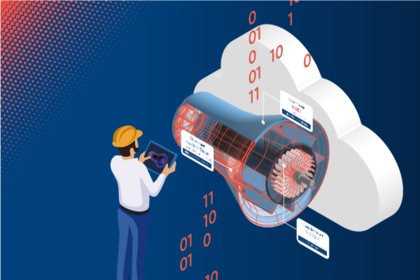Reactive Maintenance: Reaction Instead of Action
In our blog series "Smart Information: Data makes maintenance intelligent", we look at each evolutionary stage of the maintenance pyramid, highlight the advantages and disadvantages of the individual maintenance strategies and show ways to implement them.
The first two levels of the maintenance pyramid, Reactive Maintenance and Preventive Maintenance, are classified as operational maintenance.
Reactive Maintenance as a common method
Reactive Maintenance used to be the norm. If a machine or plant was broken, it was repaired. Depending on the cost of the repair and the availability of spare parts, this meant interrupting the production process for anywhere from a few minutes to a few days.
It was also worthwhile to stockpile certain parts for unplanned events: those parts that broke down more often, but also very inexpensive parts or parts that were very difficult to obtain. Here, it makes sense to look a little deeper. Some components are relatively expensive and rarely break - but they have a high strategic value, for example if they paralyze the entire production in the event of a defect or downtime. In that case, it may be worthwhile to store them. You should not only take the storage space and the tied-up capital into account, but also the costs in the event of a failure or downtime.
A practical example for Reactive Maintenance
A good example can be found in the engine room of cargo ships: There, a complete engine piston including connecting rod often hangs on the wall. Actually, it makes no sense from a business and technical point of view to keep such an expensive, large and heavy part hanging around for many years. But when an engine failure occurs, it is often extremely costly to bring this huge spare part to a remote location in the world and lift it into the engine room, so it is worth the effort in the end.
In the next blog post, you will learn more about the second evolutionary step of the maintenance pyramid: Preventive Maintenance. This also belongs to the area of operational maintenance. Here you can find more information about Tactical Maintenance and Strategic Maintenance.




